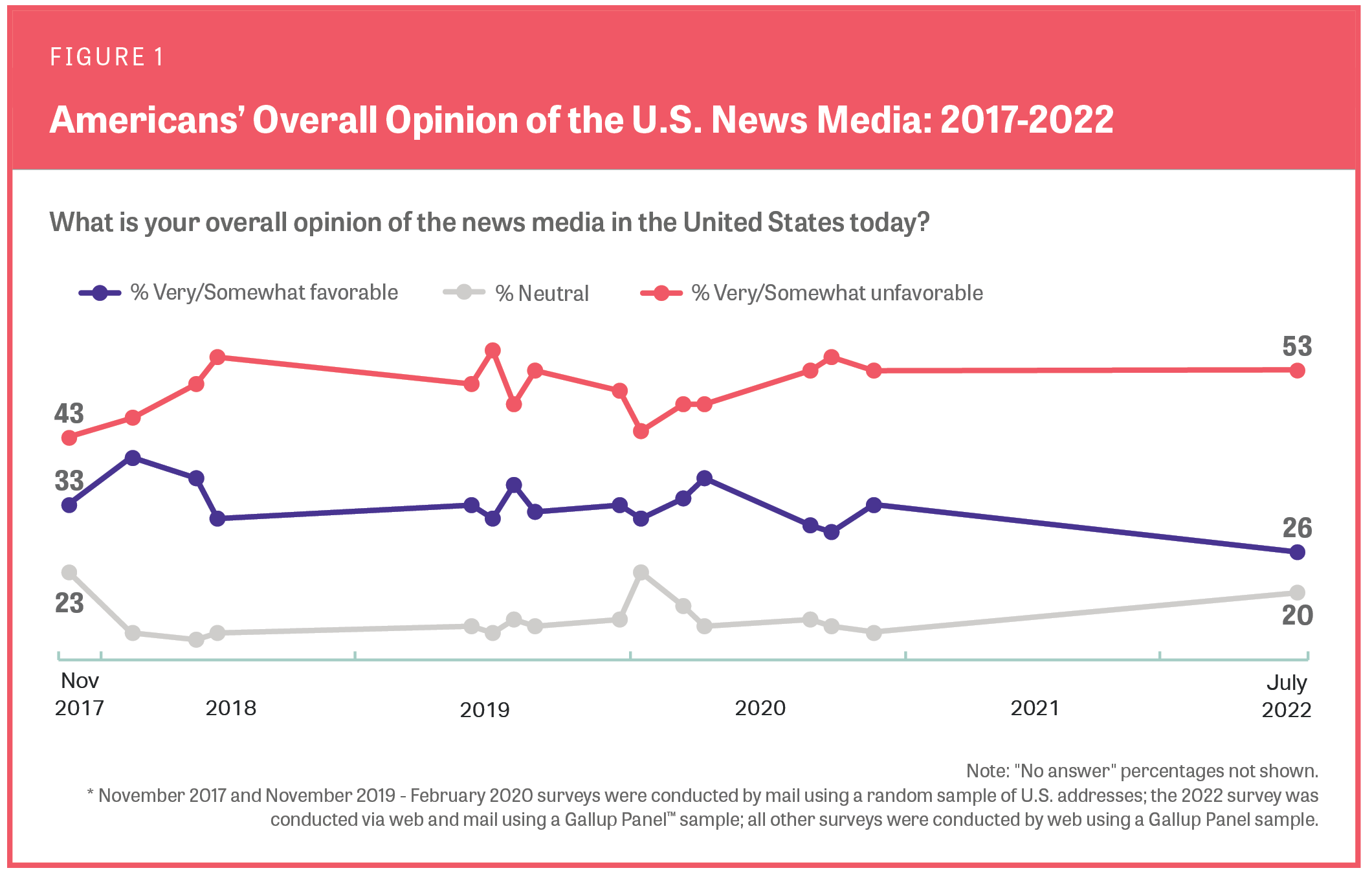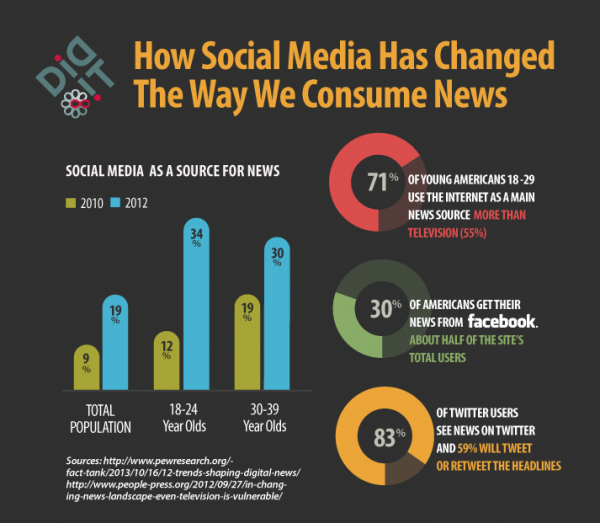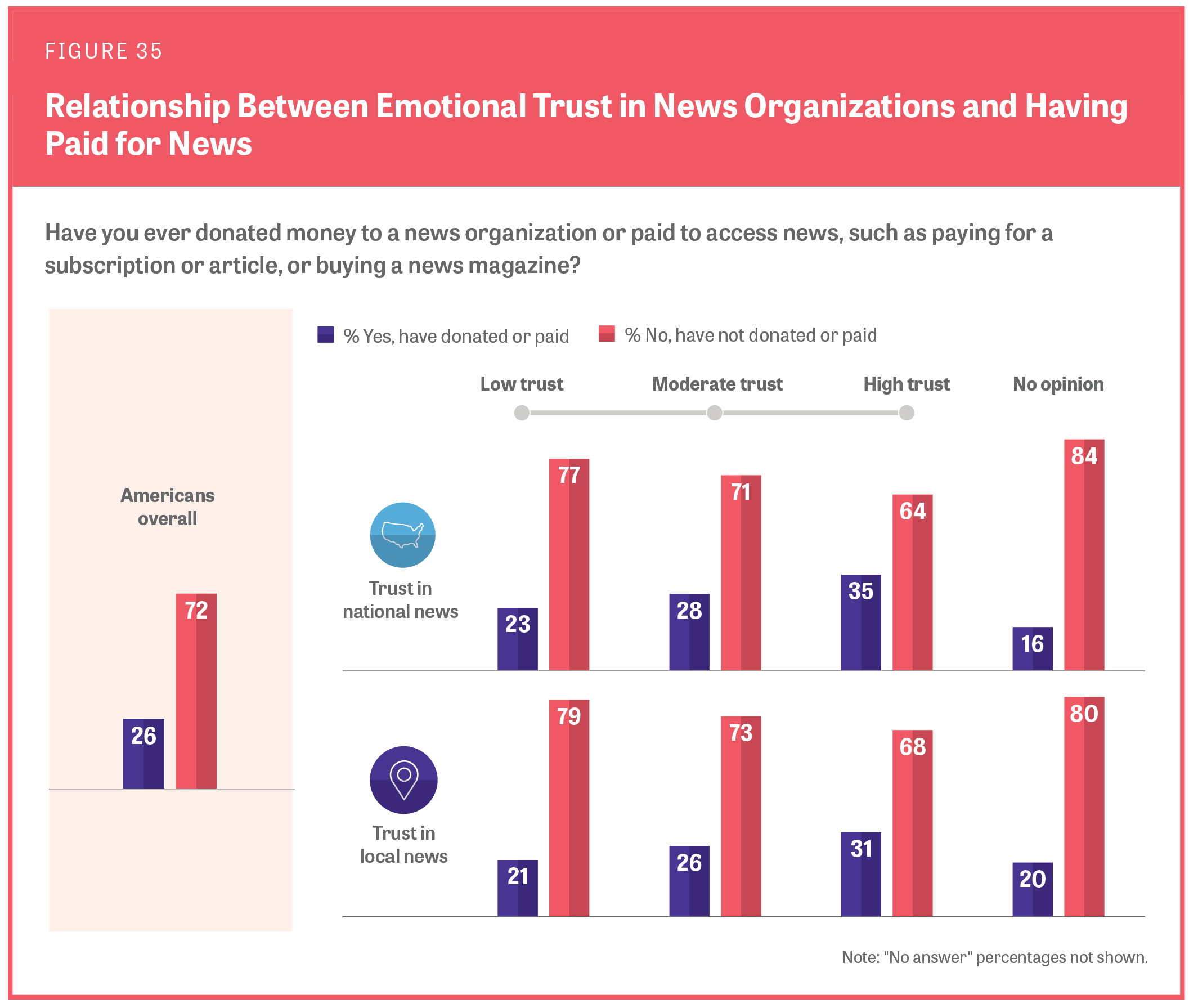Global audiences suspicious of AI-powered newsrooms | Benalla ...
Global concerns about the use of AI in news production and misinformation are growing, with Australians among the most wary of artificial intelligence, particularly in political coverage. The annual Digital News Report by the Reuters Institute for the Study of Journalism offers a picture of the hurdles news outlets face in lifting revenue and sustaining business. Its findings published on Monday are based on surveys of 2000 people carried out in 47 countries.
Australians' Concerns
Newsrooms all over the world are working to address the new challenge of generative artificial intelligence, as tech giants and startups like Google and OpenAI build tools that can offer summaries of information and siphon traffic from news websites. However, the report found that consumers are suspicious about the use of AI to create news content, particularly for sensitive subjects like politics.
In Australia, where the study was conducted by the University of Canberra's News and Media Research Centre, some 59 per cent of respondents were uncomfortable with AI-generated news, compared to a global average of 45 per cent. In the US, that figure was 52 per cent, and it was 63 per cent in the UK.
"It was surprising to see the level of suspicion," said Nic Newman, a senior research associate at the Reuters Institute. "People broadly had fears about what might happen to content reliability and trust."

The University of Canberra noted that there is some nuance in responses, with people more at ease regarding journalism produced mainly by humans with AI assistance than journalism primarily created by AI with human oversight. Lead author of the Australian study, Professor Sora Park, says audiences want news organizations to be transparent about how they produce news and the role that AI plays.
Trust in Journalism
Given those uncertainties, more Australians have been turning to traditional news and consuming more of it. Despite financial pressures, the proportion of Australians paying for news remained steady at 21 per cent – higher than the global average. "The data confirms that quality journalism and transparency are the most important trust factors, and these affect people's willingness to pay for journalism," said Professor Park.

However, news is increasingly being accessed through social media. Half of all Australians are using social media as a source of news, with one quarter relying on it as their main news source, including 60 per cent of Gen Z. Globally, concerns about false news content online rose by three percentage points from last year, with 59 per cent of survey respondents saying they were worried.
Concerns about Misinformation
In Australia, concern about misinformation skyrocketed to 75 per cent, up 11 percentage points since 2022. Australians reported encountering most cases of misinformation on topics such as the Israeli-Palestinian conflict, national politics, and climate change.
News influencers are playing a bigger role than mainstream media organizations in delivering the news to users of popular online platforms like TikTok. In a survey of more than 5600 TikTok users who said they used the app for news, 57 per cent said they mostly paid attention to individual personalities.

Australians are navigating through the complex landscape of news consumption, trying to balance traditional journalism with the influence of AI and social media platforms. As concerns about misinformation and the role of AI continue to rise, transparency and quality journalism remain key pillars in building trust with global audiences.




















